Olga A. Mironenko
VSEGEI, Central Scientific-Researching_Geological Prospecting MuseumAcademician F.N. Chernyshev (CNIGR Museum), RUSSIA
E-Mail: Olga_Mironenko@vsegei.ru
35 federal National Parks and 45 regional Natural Parks have function in Russia now. The all parks have immense geological scientific-educational content often with fine emotional loading. It is fact what the larger part of its are geoparks. Particularly because of that the primary task Russia's Parks are organization the informational material about its geological objects but are no organization of new geoparks. For example - two parks in the different regions of country.
Sochinskiy National Park wasorganizedin 1983 mainly for recreation .Its area is 193.737 ga. This Parkto be consider on the mountain front and onlow level of the west part of Kavkas range and so on part of the Black Sea's coast. It is a zone of development upper-Jurassic - Eocene structurial level of the Kaukas's main geodinamc complex . This key sections represented by the calcareous and calcareous-terrigenous thin-bedded deposits and so limestones and dolomites.Upper Cretaceousthick series of the thin-bedden deposites (Photo1).1) may be seenfrom the roads very well.. In Park there is the beautiful tectono-geomorfological object- mountain “Akhun ”, the anticlane have express in relief. Karst landforms comprise a large group. These are more 400 karst cavesand sinks, bridges, arcs. On the Sochinskiy Park's territory there are much geological objects which have a fine emotional loading - canyons, waterfalls (Photo 2),picturesgue outliers, karst lakes, mountain glaciers. Moreover there are underground waters with slow mineralize of hydrocarbonate-calcareous composition and sulfur waters. There are so archeological objects unknown origin, which have protect by the aborigines what a sacred (Photo 3).
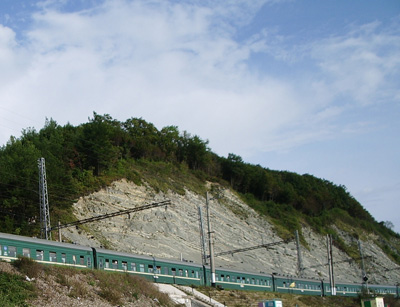
Photo1 - Calcareous-terrigenou thin-bedded deposits.
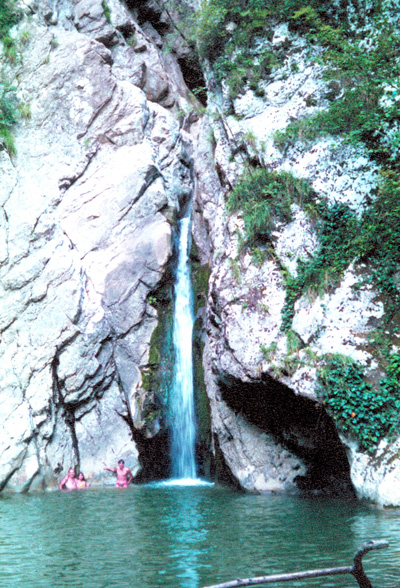
Photo 2 - Agurskiy waterfalls in the limestones
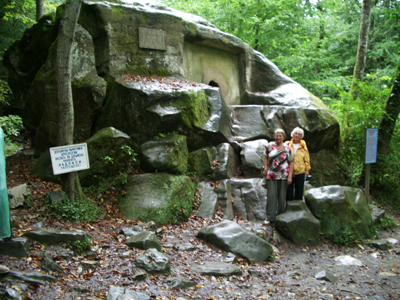
Photo 3 - The rite construction of aborigines.
NaturePark "Nalychevo" was organized18 august 1995 year. It there is in the List Word GeoconservationofUNESCO. The terrytory of park is situated inthe ring volcanic-tectonic structure by 20 km in size (Photo 4). It surraunded by extinct and active volcanoes what belong to the Eastern Kamchatka VolcanicBelt. The active volcanoes - Koryaksky (3,456 m), Zhupanovsky (2,780 m),Avachinsky (2,741 m) and Dzendzur (2,156 m). Here there are trransition from the ruins of ancient volcanoes to the young volcanicformation with estensive lava streams, slag fields, trough valley , moraine dunes.The magmatic centers their volcanoes are the source of enormous quantities of heart. Here there are the rocks originating deep in the mantle - "avachite" and the abundance of thermal and mineral springs. Hydrothermal system in the Nalychevo Park consist over 100 thermal springs of different temperatures (near77oС) andunique chemical composition (high quantity of arsenic, boron, iron, calcium, sodium, manganese, lithium, cesium, rubidium, strontium, bromine, sulphate, hydrocarbonate and iodine, antymony, zink, copper, molybdenum, tin are present in lower concentrations. The intensive sedimentation of calcite, opal, silica, sassoline, goethite and complex compounds of arsenic, iron take place from this term including calcium-travertine (Photo 5). The waters of Nalychevo have no analogue in Russia. Besides hot springs there are cold mineral waters with nature gases. Various springs, diversity of landscapes bring here numerous visitors.Volcanoes’s tops covered by glaciers that grate beautiful landscapes appealing to tourists.
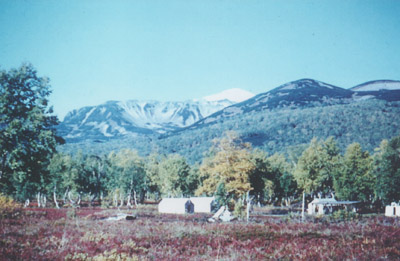
Photo 4 - The volcanic-tectonic valley of the Nalychevo river
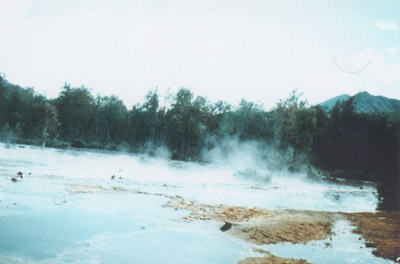
Photo5 - Sedimentation calcium-travertine
Tectonica, volcanism and erosion creatied unigue and colorful relief in Nalychevo Park. There are the transition from the ruins of ancient volcanoes to young volcanic formation, lava streams and slag fields, trough valley and moranine dunes in this Park.
National and natural parks of Russia are able to resolve three problems. Zoning of their territory according to different degrees of protection makes possible to 1- give the essential knowledge and skills to specialists; 2- open the acts of nature to the people; 3- arouse, especially in young people, understanding of the necessity of conscious and careful attitude to the natural wealth. The national park can resolve the contradictions between the recreation and nature protection.In addition to the natural amenities, parks should provide the information to people on complex processes, which take place in nature and laws according to which the nature lives. One should strive for becoming acquainted with these laws and respect them. Most of the Russian parks possess the educational programs, but the share of the serious geological programs, which are able to arouse interest in young people to the geological profession, among them is insignificant or is lacking. The prestige of the geological profession had fallen during the last decades. The intensity and versatility of the programs depend in many respects on the number of visitors and predominance of excursion or recreational rest. One of the most important negative problems of the propaganda of geological knowledge in Russian parks is their climate. The Sochi Park is located in the best climatic conditions but even here snowfalls happen all the year round in the mountains. Even in the medium-height mountains in shady areas the snow can lie all summer long. Moreover, it is one of the most humid places of Russia. During the warm period, the thunderstorms with dangerous consequences happen more than 50 times.
The weather in the South Kamchtka, where the Nalytchevo Natural Park is located, is hardly predictable. It is possible to ride a dog-drawn sledge even in May, but the weeks of non-flying weather can happen in the heart of summer. Rain and fog are objectionable for visiting geological objects. Long distances and low standard of living of the most Russians are also the negative factors.
Most parks were created for the purpose of preservation of animal and vegetal kingdom and landscapes. They were subordinated to the corresponding ministries and departments. At present, all of them form the part of the Department of Protected Territories of the Ministry of Mineral Resources. This fact probably will facilitate the joining of the marvelous in scientific-educational and aesthetic sense geological objects in the territory of the Russian National and Natural parks into the field of professional and educational information. Funding for attracting professional geologists for the posts of the employees and guides of the parks will be allotted. Also funding for roads development and better services will be found.